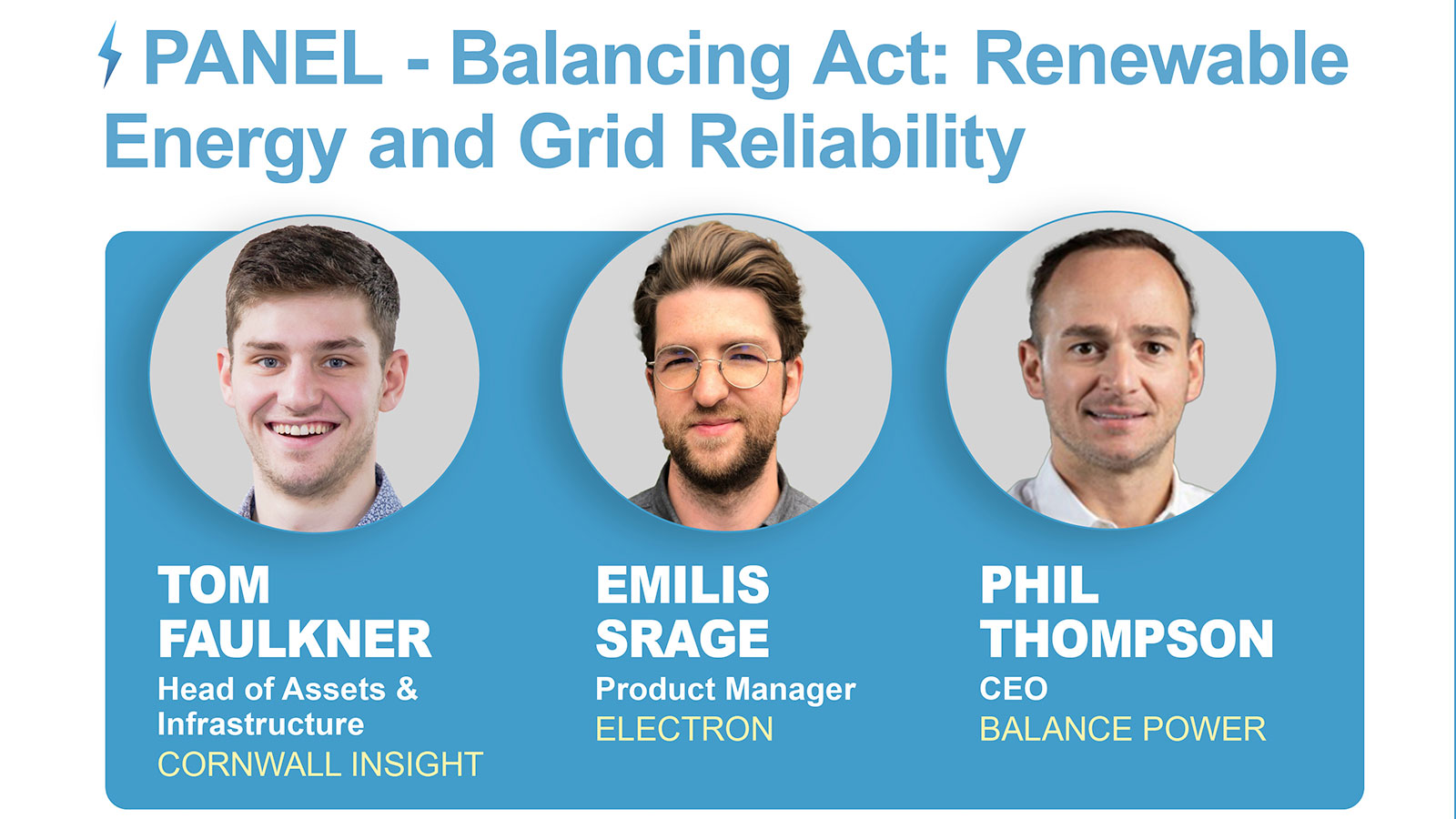Electrical Review has been inundated with readers’ comments about Part P, following an article by John Houston – reproduced below. We asked Phil Buckle, director general of the Electrical Safety Council (ESC) – which led the fight to maintain Part P – to respond to some of the issues raised
I’m not surprised by the continuing debate about Part P and the recent amendments made to the regulation. It was one of the main agenda items at the ESC industry summit, last March, and it forms a significant part of our forthcoming White Paper on the changing industry landscape. However, as I can’t go into great detail here in response to all the issues raised by ER readers, I will focus on some of their key points.
Your reader, Mr Whitley, stated that Part P was introduced under a false premise (i.e. to stop electrical-related accidents in the home), as such accidents “… peaked in 1962 and have been decreasing ever since.” This a rather odd assertion, since there hasn’t been an up-to-date UK injury database for over a decade. The former Department for Trade and Industry (DTI) stopped collecting injury data for its Home Accident Surveillance System (HASS) and Leisure Accident Surveillance System (LASS) in 2002.
Part P was launched in 2005, with the aim of reducing both the number of domestic accidents and deaths arising from electricity and the number of electrical fires in UK dwellings. The ESC, as a charity committed to consumer safety, defended the retention of Part P because it is the only legal framework which protects the consumer from unsafe electrical work in the home. While we may not have detailed statistics on the number of injuries and fatalities caused by electricity each year, government figures do show that almost half of all electrical fires in UK homes – more than 20,000 each year – are caused by electricity. [1]
Turning to comments relating to training and quality assurance – it is true that some individuals registered as competent with a Part P scheme provider aren’t necessarily ‘electricians’. They can, for example, be kitchen fitters. However, it is worth noting that Part P registration does not redefine these individuals as electricians – what it does do is recognise them as competent to carry out certain types of work. And, with the new Electrotechnical Assessment Specification (EAS) qualification, there is a route for them to qualify as electricians. This Level 3 qualification – providing a Certificate in Installing, Testing and Ensuring Compliance of Electrical Installations in Dwellings – is the minimum qualification for Qualified Supervisors (i.e. an individual who can sign off Building Regulation Compliance Certification).
But your reader’s suggestion that Part P has created an ‘underclass’ is rather subjective – surely unqualified ‘electricians’ have always existed? Under Part P, around 27,000 more electrical contractors are having their competence assessed – and samples of their work checked regularly. [2] This can only be a good thing, as it provides the public greater access to a skilled person.
Now to some of the more technical assertions that have been made. It has been claimed that the safety of an installation should be built in at the design stage and not subsequently. Well, that is certainly true of larger, complex installations but usually this is not an issue with domestic installations, as most registered electricians will confirm. In relation to rewireable fuses, with modern day manufacturing methods, it would be difficult to find a consumer unit manufacturer who would make a model able to accommodate them. They are ‘old’ technology. And one minor point – the IEE no longer exists. It became the IET in 2006.
Finally, just a few things I think it is worth reminding people about Part P. Its benefits range from householder protection and consumer care, to improved contractor skills and the sustainability of buildings. Also, don’t let’s forget that Part P contractors offer a warranty on their work, which means the customer has some financial protection, should anything go wrong. The ESC supported the retention of Part P for very good reasons – and none of them have changed.
The Electrical Safety Council (ESC is a campaigning charity dedicated to preventing deaths, injuries and damage caused by electricity. For more information, please visit www.esc.org.uk.
[1] ESC Core data set, using DCLG fire statistics
[2] Estimate obtained from Department for Communities and Local Government (DCLG) impact assessment on Part P – Building Regulations Part P, Electrical Safety in Dwellings.
Phil Buckle
Director General, Electrical Safety Council
[1] ESC Core data set, using DCLG fire statistics
[2] Estimate obtained from Department for Communities and Local Government (DCLG) impact assessment on Part P – Building Regulations Part P, Electrical Safety in Dwellings.





